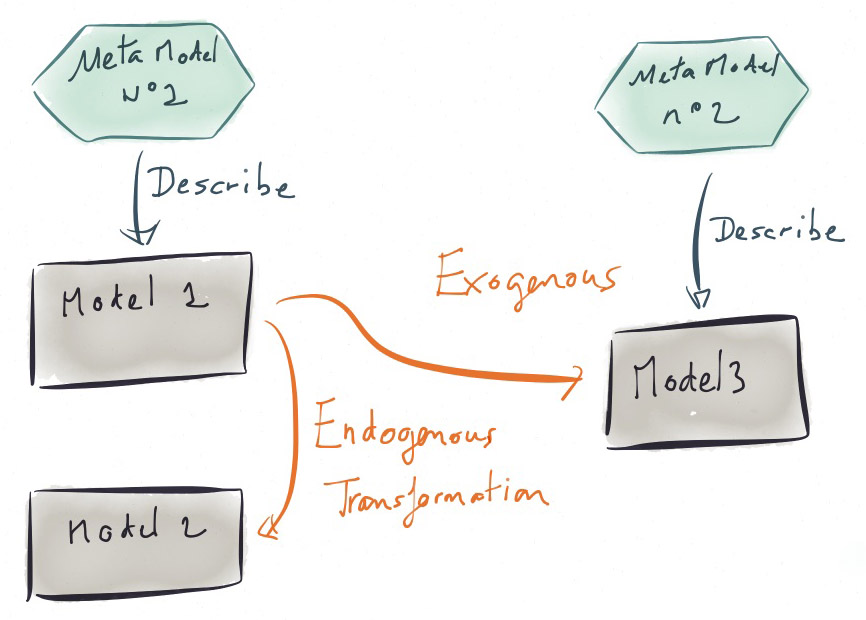 Stambia
The solution to all your data integrations needs
Stambia
The solution to all your data integrations needs

The Model Driven Approach
Flashback on traditional solutions
Today's approach of data integration represents the metadata in a form that is the lowest common denominator to all formats.
Usually data is visualized in two dimensions.
This leads to a rather poor ability when it comes to transforming and managing the data or the underlying systems.
In this case, the tool does not adapt to the Information System, but it is rather the contrary. This is detrimental to productivity, performance and ease of use.
Today's solutions are not always able to adapt quickly to a new technology. They also have problems when dealing with non relational technologies in a performant and productive way.
It has become necessary to go beyond this approach and to find a new way to represent data and metadata.

Increase productivity, quality and simplicity
A model oriented view
Stambia takes advantage from the concepts of Model Driven Engineering (MDE).
Projects will see their quality, productivity and flexibility improved when using these concepts for modeling and developing.
The MERISE and UML methods derive directly from MDE.
MDE is a software development methodology that focuses on creating models or abstractions, which will automatically generate processes, structures, code or program storage formats.
This initiative aims to simplify the development stages, through abstraction and mutualisation of the components.
Stambia's platform uses these concepts at different levels and brings the two following innovations:
Advantages of the model driven approach
Stambia uses a business view (model oriented) to:
- Speed up or industrialize developments : developments are 5 to 10 times quicker than with a traditional solution.
- Improve the quality of the deliverables : industrialization based on reusable components enables developers to generate certified technical processes and to homogenize the deliverables provided to the production teams.
- Enable the adaptability and the flexibility of the solution : Stambia is the first "polymorphous" data integration platform. This means Stambia can fit to the technical and functional background of its customers.
Want to know more ?
Consult our resources
Did not find what you want on this page?
Check out our other resources:
Semarchy has acquired Stambia
Stambia becomes Semarchy xDI Data Integration




